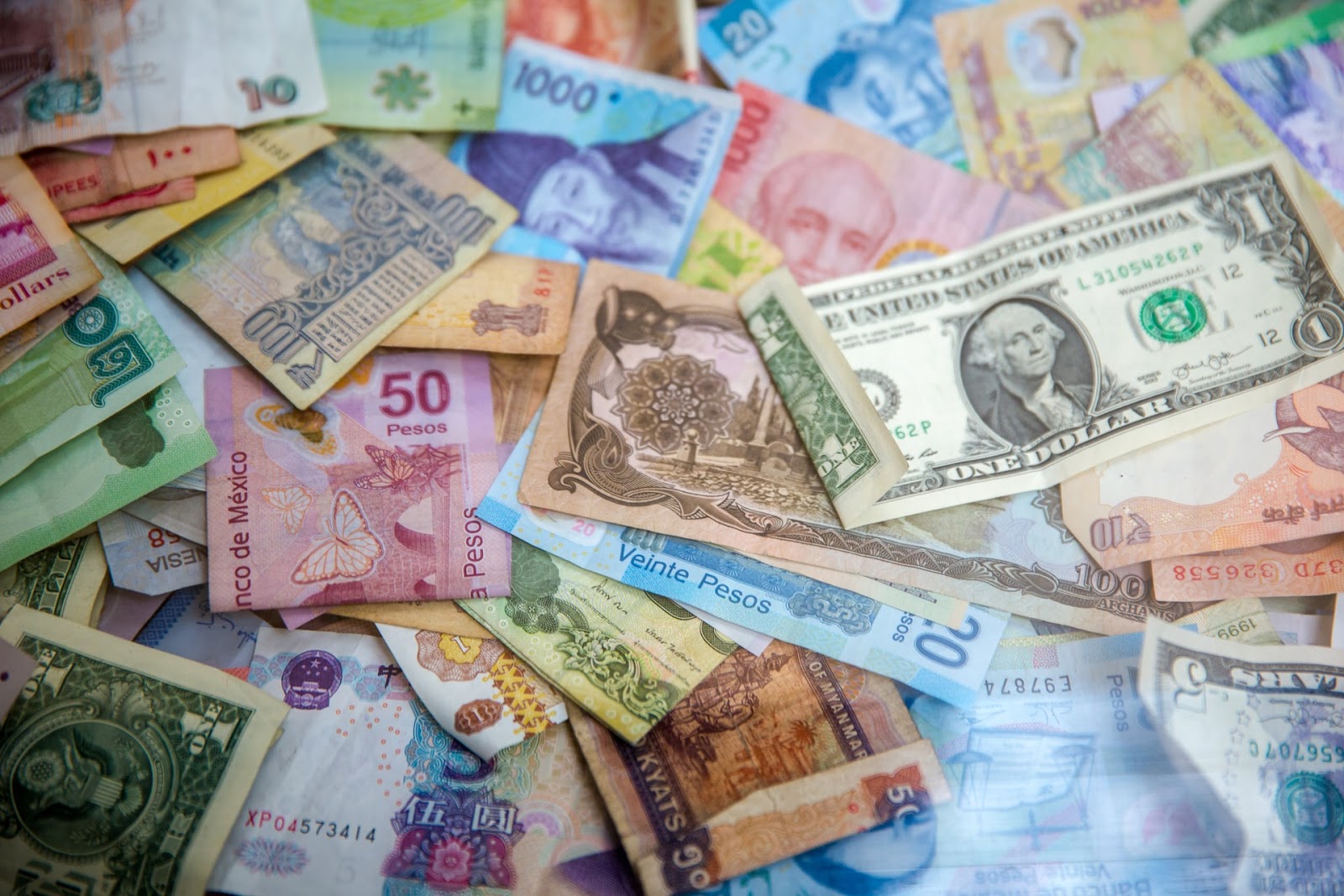Settlement is a process whereby money collected on your behalf is delivered to your Primary Bank Account or Flutterwave Wallet. Once you receive payments into your Flutterwave account and it appears in your Ledger Balance, your funds are automatically settled to you within 1 – 5 business days depending on the settlement schedule.
The settlement schedule is important because settlement cycles vary depending on your business location and if the payment was local or international. To learn more about the settlement schedule, visit this page.
This article covers all causes of flagged settlements and best practices to prevent settlements from being delayed. To keep things simple, we won’t be covering APIs and all references will be made to the account dashboard.
After reading this article, you should be able to correctly identify the cause of pending settlements and understand the course of action to resolve them.
Settlement Modes
Funds are settled into either a bank account or your Flutterwave for Business Wallet.
For settlements to bank accounts, funds are moved from the ledger balance to your bank account at settlement based on our settlement schedule (T+1 for local transactions and T+5 for international transactions).
For settlements made to wallets, funds are moved from ledger balance to available balance. Available balance can be utilized for other transaction activities like payouts, bill payments, virtual card creation and funding etc
Why Settlements Are Flagged
Flagged settlements are settlements that don’t meet disbursement requirements and are therefore withheld. Settlements can be flagged for a good number of reasons. Here are the most common causes of flagged settlements:
- Temporary lien on your account.
- No settlement account.
- Negative settlement amount.
- Settlements below the threshold.
Temporary Lien on Account.
A lien can be placed on your account for various reasons. Some of them include:
- Incomplete or no Know Your Customer (KYC) documents such as valid regulatory ID card, incorporation documents, etc.
- High fraud-related chargeback ratio.
- Suspicious transactions/activities.
Account In Review
This occurs either when a user is yet to complete their KYC or the KYC documents have been submitted but not yet reviewed.
If your account is in this category, kindly do one of the following:
- Add all your KYC docs to your dashboard.
- If your docs have been uploaded, send an email to the team via hi@flutterwavego.com to get an update on the account review.
Negative Settlement Amount
In this scenario, the merchant receives chargebacks which are deducted from their settlements. If the value of the chargebacks is more than the funds to be originally settled, the settlement value becomes negative.
Merchants usually experience this when they do not dispute chargeback or respond to claims from their customers.
Also, it is not uncommon for merchants to make refunds that end up being more than the value they are to be settled.
To avoid this issue, it’s best to:
- Enable notification for chargeback emails in your inbox.
- Respond to chargebacks within the stipulated 48 hours so customers claims can be declined.
- Ensure refunds are not more than the settlement amount.
Settlement Amount Below Threshold
This is the least occurring cause of flagged settlements on this list. It happens when the amount to be settled is lower than the minimum amount that can be settled by Flutterwave.
Minimum Settlement Threshold is the minimum amount that can be automatically transferred from your Flutterwave account to your bank account. This means that amounts below this cannot be settled unless by special request. Visit this link to see the threshold for all the currencies we support.
Usually, the settled amount is carried over to the next settlement. That way, the settlement amount is above the minimum threshold.
Identifying flagged settlements
- Log into your dashboard
- Select Balance from your side menu (1 in the image below).
3. Click on the settlements tab (2 from the image above)
4. Select any settlement with a flagged label.
5. On the settlement details page, pay attention to the chargebacks(b), refunds(c), and why it was flagged(a).
6. Take the required action depending on the reason for flagging the settlement.
In general, here are some of the best practices to avoid flagged settlements:
- Upload all your KYC docs to your dashboard.
- Confirm that your account is live and review has been completed.
- Add a bank account to your Flutterwave account.
- Allow notification for chargeback emails in your inbox.
- Confirm that refunds and other outflows are not more than the settlement amount.
We hope you found this helpful. If you have questions or feedback, you can always reach out to our support team via Mail.
